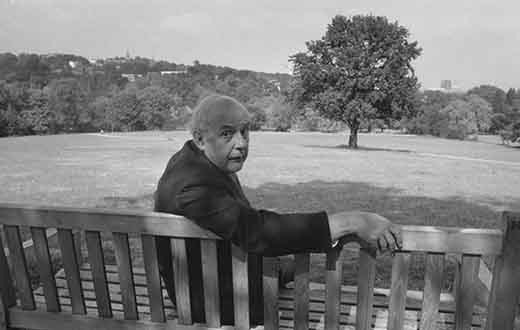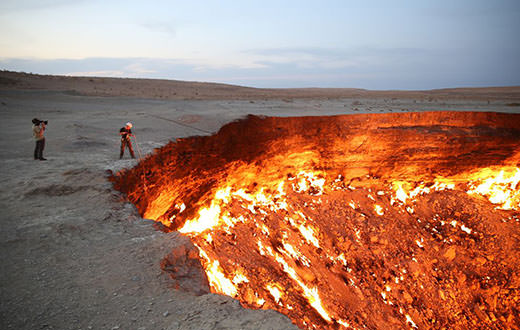
This club is famous for… the largest bunker in Europe
Every golf club in the country has a story to tell of local legends and achievements that have gone down in local history.
Here at National Club Golfer, we’ve taken it upon ourselves to recall some of these fascinating tales that make each and every golf club in the UK a special place to be.
St Enodoc is famous for the largest bunker in Europe
Rumour has it that the bunker on St Enodoc’s 6th hole is somewhere you really don’t want to be.
’Himalaya’ is purported to be the biggest bunker in Europe and lies in wait on the club’s sixth hole.

The Cornwall course was described by Bernard Darwin in 1910 as “a course of wonderful natural possibilities” and the giant yellow scar scooped out of the hillside rightly earns its name, Himalaya.
The bunker is wilder and more rugged than its cavernous twin, the Himalaya bunker on the fourth at Royal St George’s in Kent.
Golfers face an uphill hike if their ball rests in the face of the bunker, with shot hit backwards the only reasonable escape.
The 6th isn’t even St Enodoc’s signature hole — that distinction lies with the 10th, which winds its way towards the 11th Century St Enodoc Church, where John Betjeman lies buried beside his favourite course.

Betjeman, the poet and broadcaster, was Poet Laureate from 1972 until his death in 1984.
Averse to modernity, he sought out a piece of old England and had a house close to the course.
His poem, ’Seaside Golf’ relates to a rare birdie he scored on the 13th hole.
’How straight it flew, how long it flew,
It clear’d the rutty track
And soaring, disappeared from view
Beyond the bunker’s back –
A glorious, sailing, bounding drive
That made me glad I was alive.
The church where Betjeman is buried gives its name to the course and is more than 800 years old. The history of the church is also intriguing as its name comes from a hermit who lived in a cave and baptised locals at the Jesus Well half a mile away.

In the middle of the 19th Century it became so covered in sand that the local clergyman was forced to winch himself down through a skylight in the roof to perform the one service per year that was required to allow the building to retain its status as a church.

This club is famous for… the birth of the Dambusters

This club is famous for… its devilish 666-yard par 6 hole

This club is famous for… hosting the Open outside Great Britain
Click here for the full ‘This Club Is Famous For’ archive










